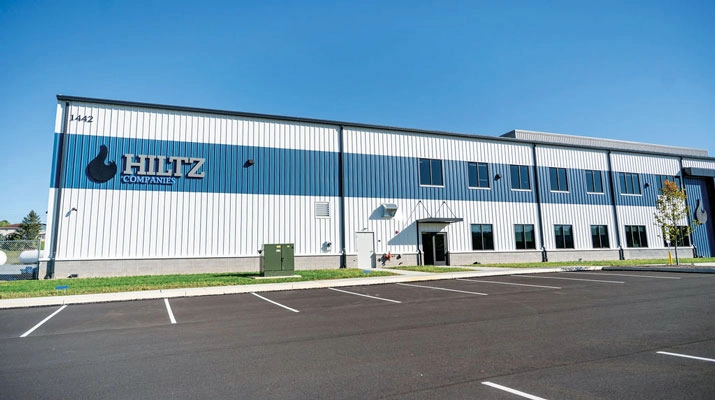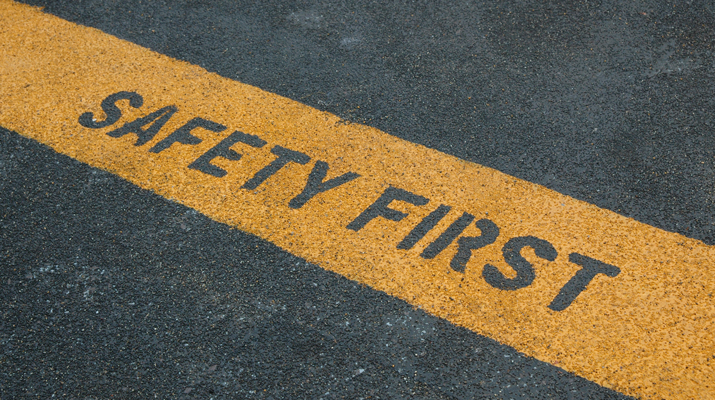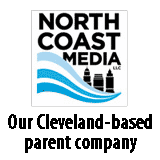Industry podcasters share insights on how to get started and keep audiences engaged
Spotify reported having nearly 7 million podcasts available on its platform as of Q3 this year, and having so many at your fingertips brings up the question: Is starting a podcast really that easy?
While some say all it takes is a few simple steps to get going, others find the process more involved than expected. Some notable podcasts in the propane industry include:
⦁ “Path to Zero,” hosted by Tucker Perkins, president and CEO of the Propane Education & Research Council.
⦁ “Through the Leadership Lens,” a podcast housed by Women in Propane (WIP) and hosted by Rural Computer Consultants’ (RCC) Freddie Ridler, head of business growth, and Jessica Balderston, co-owner and head of support.
⦁ “The State of Energy,” hosted by Tom Clark, executive director of the Rocky Mountain Propane Association.
One thing all these podcasts have in common is a topic that the hosts care about. According to Ridler, that is the first step of the whole process.
“Just have a good story to share,” he says. “If you have something exciting to talk about and it’s not just a single conversation, but it’s something that you can continue to grow – just do it.”
Once you have picked your topic, the next step is executing it.
▶ Finding the time
Clark’s “The State of Energy” podcast has been running since 2020, releasing a 30-minute episode every month, and he says one of the hardest parts about doing a podcast is juggling schedules.
“We have multiple people involved in this,” he says. “Lining up their schedules, my schedule and finding the topics while keeping the topics relevant can be super challenging.”
Balderston says it takes months for her and Ridler to plan each episode from the initial brainstorming session.
▶ Costs to consider
Ridler and Balderston of RCC do not believe you need an elaborate setup, but if you are aiming for a better-quality product, consider investing in a noise-isolating microphone.
Ridler says their microphones cost $100 each, and while they choose to invest in mics, they do not expect their guests to do the same.
“Our guests don’t have anything fancy,” Balderston says. “It’s their computer speakers and making sure they have a good internet connection.”
On top of having good sound quality, Ridler encourages those interested in starting a podcast to consider adding a visual component.
“When everyone’s laughing, there’s such a different experience when you’re watching the video,” he says. “[It feels like] you’re almost in that conversation with that group of people.”
To pull off the video aspect of a podcast, the RCC duo says all you need is a laptop with Zoom or Microsoft Teams to record and good lighting.
Once the recording is complete, it needs to be edited. For WIP’s podcast, the editing process is commissioned out of house at an additional cost.
Once the podcast is ready to go, it will need to be distributed to your audience. For “The State of Energy” podcast, Clark uses Buzzsprout, a podcast-hosting platform that populates the audio on major platforms like Apple and Spotify, which he says costs around $30 a month.
▶ You’ve created a podcast – now what?
After the podcast is posted and ready to go, you shouldn’t stop there. To reach your audience, Clark suggests uploading every episode on social media platforms such as LinkedIn and Facebook. If you want the podcast tied to your company, you can also post it to your website.
From there, Ridler, Balderston and Clark all say consistency is key to maintaining your audience.
“If you only do a podcast once a month and then three months later, you do another one – nobody’s going to listen to that,” Clark says.
Ridler also suggests planning to shoot and finish multiple episodes before you release the first. This strategy makes the process easier to maintain months down the line and keeps you ahead of the game.
Sydney Fischer is the digital media specialist for LP Gas magazine. She can be reached at sfischer@northcoastmedia.net.
Featured homepage image: eyecrave productions/iStock / Getty Images Plus/Getty Images
Related Articles
How the propane industry is using social media
Digital practices to grow your business
Using artificial intelligence to improve your marketing efforts
















